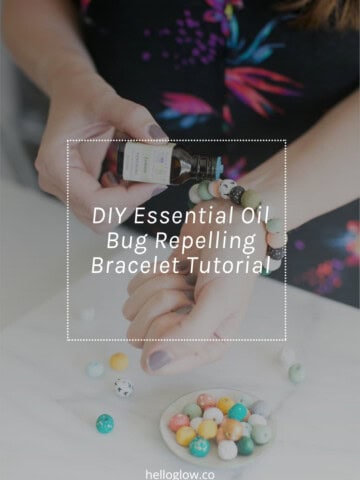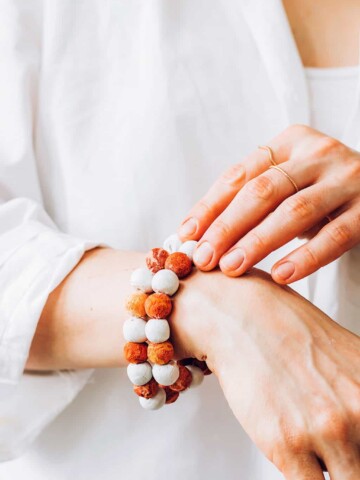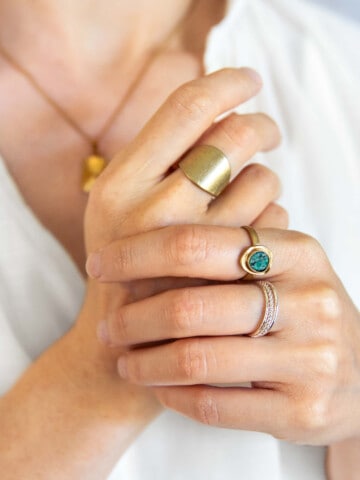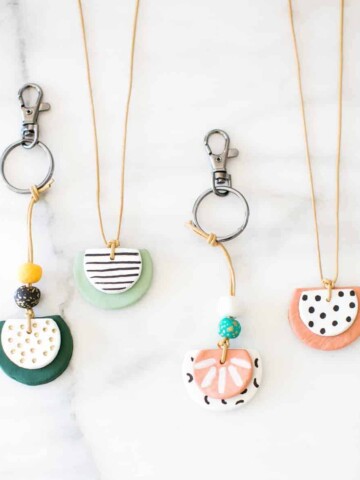 I’m so pleased Stephanie has invited me back to share another tutorial with you all. This time I have used tropical colored seed beads to create these really pretty bracelets. I like to mix and match my bracelets and these look great worn together, but if you like to keep things simple, one individual bracelet looks fab too. It's such an easy way to brighten up an old outfit. You would have seen plenty of these projects on Pinterest (or this website!).
I’m so pleased Stephanie has invited me back to share another tutorial with you all. This time I have used tropical colored seed beads to create these really pretty bracelets. I like to mix and match my bracelets and these look great worn together, but if you like to keep things simple, one individual bracelet looks fab too. It's such an easy way to brighten up an old outfit. You would have seen plenty of these projects on Pinterest (or this website!).
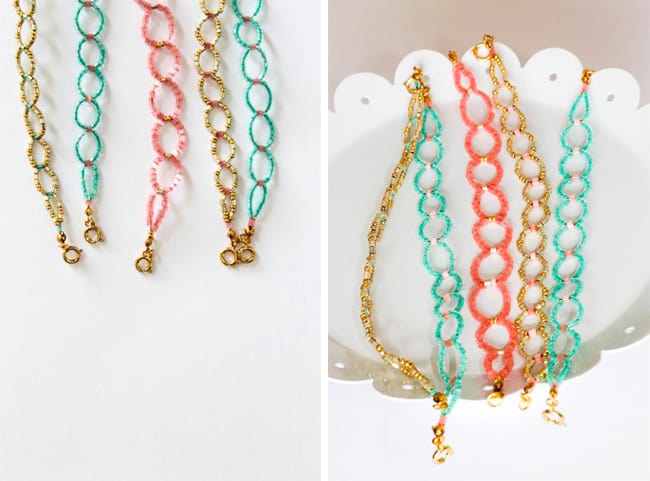
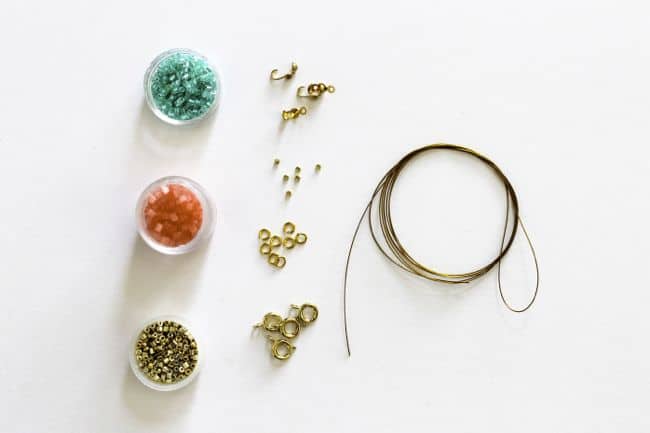
- A selection of colored seed beads
- side-hinge calottes
- 5mm jump rings
- bolt fastening
- tiger-tail
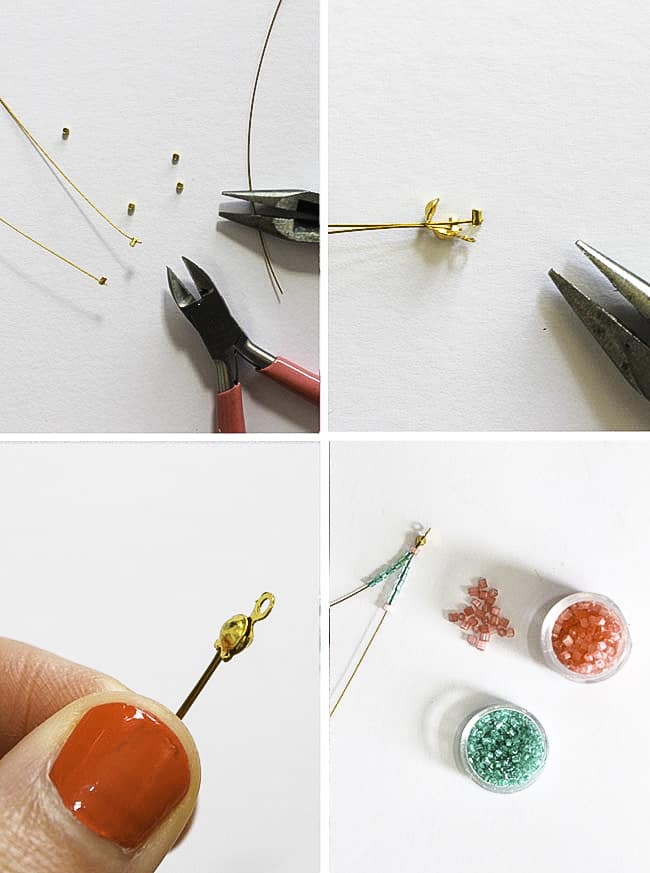
Step 2. Thread both pieces of tiger-tail through the calotte.
Step 3. Gently close the calotte over the crimped ends.
Step 4. Tread a bead onto both pieces of tiger-tail. Add 7 seed beads to each strand. Add one contrasting bead to one of the strands, it doesn’t matter which one.
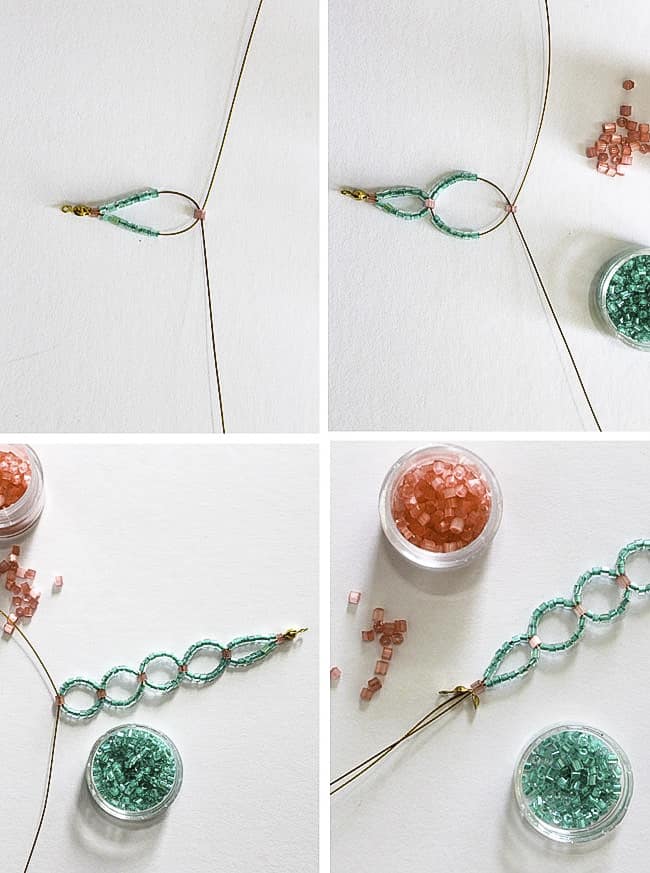
Step 6. Repeat steps 4 – 5 to make a circle shape.
Step 7. Repeat the above step along the length of the bracelet, mine had eleven complete circles with a tear drop shape either end. Depending on the size of your wrist you might want to have more/less circles.
Step 8. Thread 7 seed beads to both lengths of tiger-tail. Thread both lengths of tiger-tail through a contrast bead followed by a calotte and then a crimp to either length of tiger-tail.
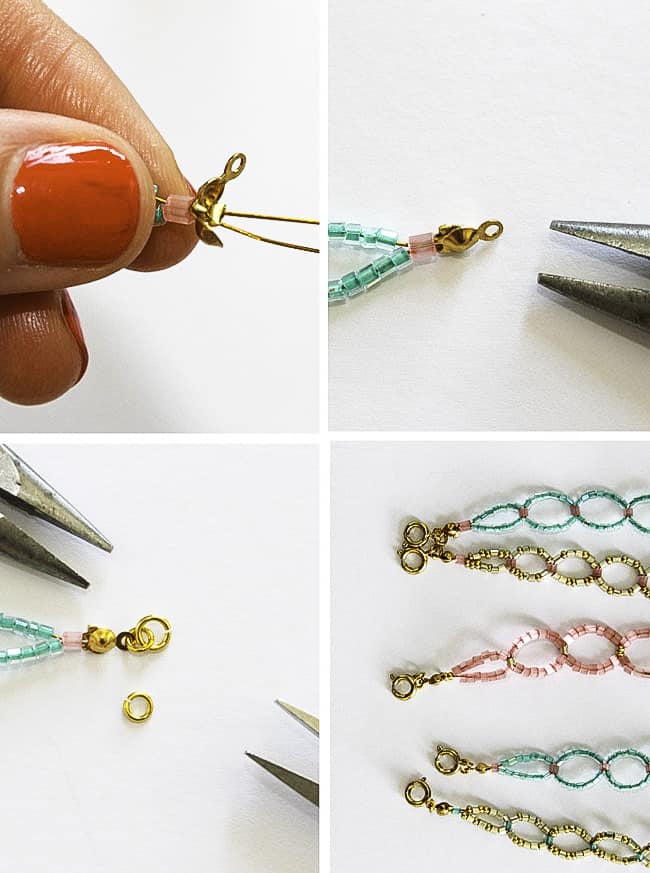
Step 10. Close the calotte over the crimps.
Step 11. Add a jump ring to one end of the bracelet.
Step 12. Using a jump ring add a bolt clasp to the other end of the bracelet.

Frequently Asked Questions
What are seed beads?
Seed beads are small, cylindrical beads that come in various sizes and colors. They are often used in jewelry making, including making seed bead bracelets. You can find plenty of inspiration for projects with seed beads on Pinterest, or this website.
How do I make a bracelet from seed beads?
To make a seed bead bracelet, you will need seed beads, spacer beads, beading thread or string, a beading needle, and a clasp or closure. Start by threading your needle with the beading thread and stringing the seed beads in the desired pattern. Once you have reached the desired length, attach the clasp or closure to finish the bracelet. You can add different spacer beads for a chunkier look as well.
What are some suggested patterns or designs for your bracelets?
There are countless patterns and designs you can create with seed beads to make unique and beautiful bracelets. Some popular patterns include peyote stitch, brick stitch, herringbone stitch, and right-angle weave. You can also mix different sizes and colors of seed beads to create your own unique designs.
How can I ensure my seed bead bracelet is secure and durable?
To ensure that your bracelet is secure and durable, it's important to use a strong beading thread or string and to reinforce the ends with additional knots or crimps. You can also apply a small amount of clear nail polish or jewelry glue to the knots to add extra security. Additionally, avoid excessive pulling or twisting of the bracelet, and store it in a safe place when not in use to prevent damage and make sure they work correctly.
179
